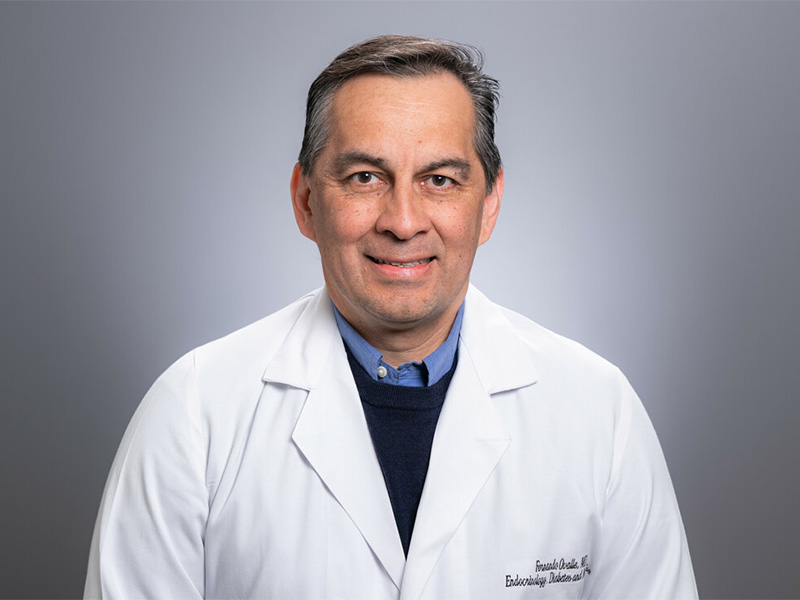 Fernando Ovalle, M.D., director of the UAB Division of Endocrinology, Diabetes, and Metabolism, and associate director of the UAB Comprehensive Diabetes Center (UCDC) recently published findings comparing insulin options for Type 1 diabetes (T1D) patients.
Fernando Ovalle, M.D., director of the UAB Division of Endocrinology, Diabetes, and Metabolism, and associate director of the UAB Comprehensive Diabetes Center (UCDC) recently published findings comparing insulin options for Type 1 diabetes (T1D) patients.
Ovalle and team compared originator insulin glargine (Lantus) to Gan & Lee insulin glargine (GL Glargine). Lantus was developed by Acentis Pharmaceuticals and received FDA approval in 2000. In 2014, the patents for Lantus expired in the U.S. and Europe, which allowed other pharmaceuticals, like Gan & Lee, to create similar products.
Particularly, researchers wanted to examine immunogenicity, safety, and efficacy of the biosimilar GL Glargine versus the original Lantus in patients with T1D. In addition to UAB, site locations included Chattanooga, TN, and Dallas, TX, as well as Pirna, Germany, and Sevilla, Spain.
The international study followed 576 patients with T1D across several study sites. Researchers randomized participants into two groups: one received GL Glargine and the other Lantus for 26 weeks.
Researchers used the percentage of subjects who developed treatment-induced anti-insulin antibodies to compare the two insulin options and analyzed these data based on a country-adjusted logistic regression model. They also compared glycated hemoglobin A1c and adverse events (like hypoglycemia) between the two groups.
“Ultimately, we found that GL Glargine demonstrated similar immunogenicity, efficacy, and safety compared to Lantus over 26 weeks in patients with T1D,” said Ovalle.
The study, “Immunogenicity, Efficacy, and Safety of Biosimilar Insulin Glargine (Gan & Lee Glargine) Compared With Originator Insulin Glargine (Lantus) in Patients With Type 1 Diabetes After 26 Weeks Treatment,” was published in the journal Endocrine Practice.
“I’m so glad that UAB was represented in this multicenter, international study to compare two insulins available to those with T1D,” said Ovalle. “The division aims to provide excellent care to our patients, and that starts with research to see how existing treatment options compare and how we can develop new therapies.”